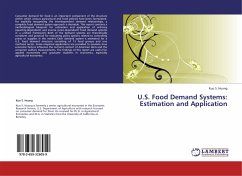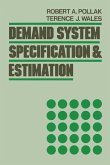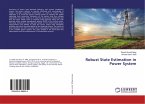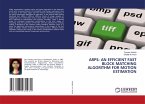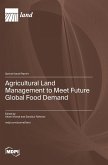Consumer demand for food is an important component of the structure within which various agricultural and food policies have been formulated. For explicitly recognizing the interdependent demand relationships, a complete food demand system approach is desirable. This report contains a methodological blueprint for estimation and application of ordinary (quantity-dependent) and inverse (price-dependent) food demand systems in a unified framework. Both of the demand systems are theoretically consistent and practical for evaluating policy options related to controlling prices or supplies in the market. Each demand system is estimated for a U.S. food demand structure consisting of 13 food groups and one nonfood sector. Some empirical applications are provided to examine how economic factors influence the nutrient content of American diets and the consumer welfare measurements. The findings of this report are useful for applied economists and graduate students in economics, especially agricultural economics.
Hinweis: Dieser Artikel kann nur an eine deutsche Lieferadresse ausgeliefert werden.
Hinweis: Dieser Artikel kann nur an eine deutsche Lieferadresse ausgeliefert werden.

